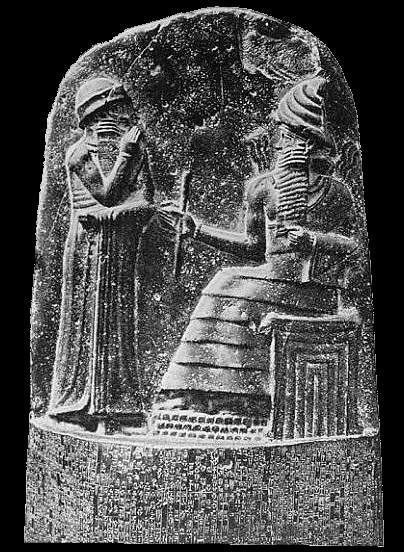Recreation Centers and Building Codes – Then and Now

Wednesday, April 6, 2016
King Hammurabi of the ancient City of Babylon is believed to have authored the world’s first building codes. Among the 282 laws that Hammurabi proclaimed, six pertained to the design and construction of habitable space. The Codes of Hammurabi were inscribed on stone tablets and publicly displayed. Although many Babylonians were unable to read, illiteracy did not exonerate builders from penalties for mistakes which could include death.
In the 21st Century, building codes are written by regulatory authorities and enforced by local jurisdictions. With the exception of deliberate gross negligence, the penalty for a code violation today is generally a civil lawsuit. In fact, many codes are revised after the successful legal challenge of an ambiguous code. Unlike Hammurabi’s engraved Law of Code, now on display in the Louvre Museum, modern-day building codes are living breathing entities that formalize the lessons learned from lawsuits, tragedies like the collapse of the World Trade Center and new Civil Rights Laws such as the American with Disabilities Act of 1990 (ADA).
Over the past two decades, building codes have undergone multiple revisions, some of which are more relevant to recreation and assembly buildings than other building types. This article touches on three revisions having the greatest impact on Recreation (Type A-3) and Public Assembly (Type A-4) structures.
Please click here to read the full article.